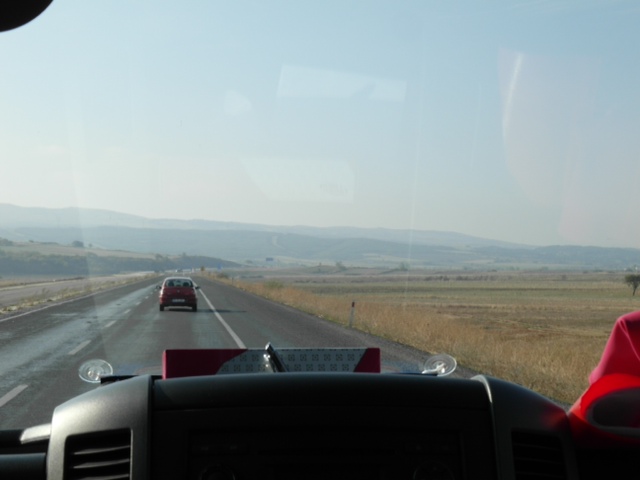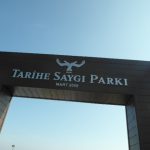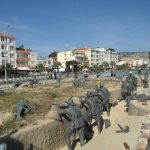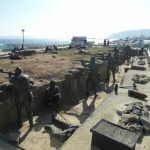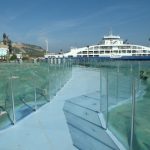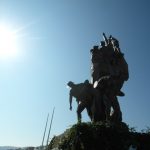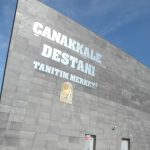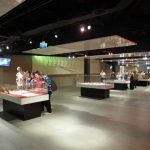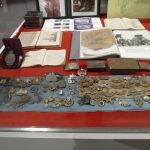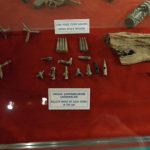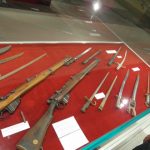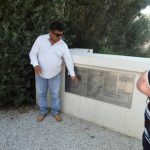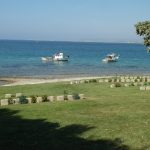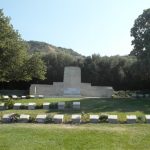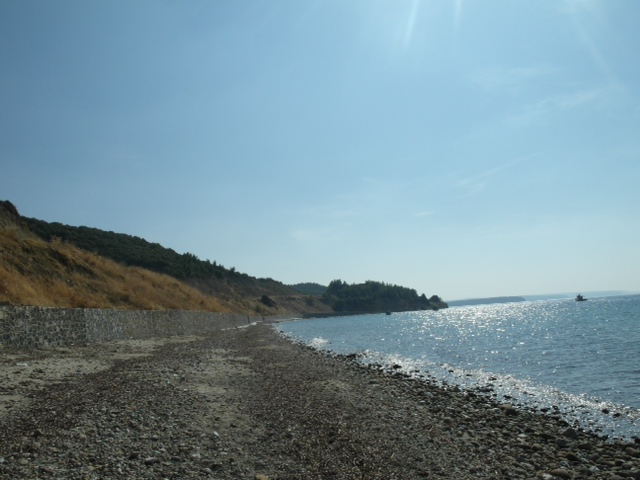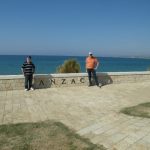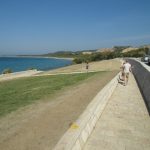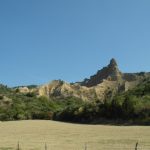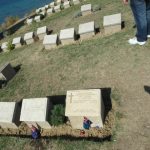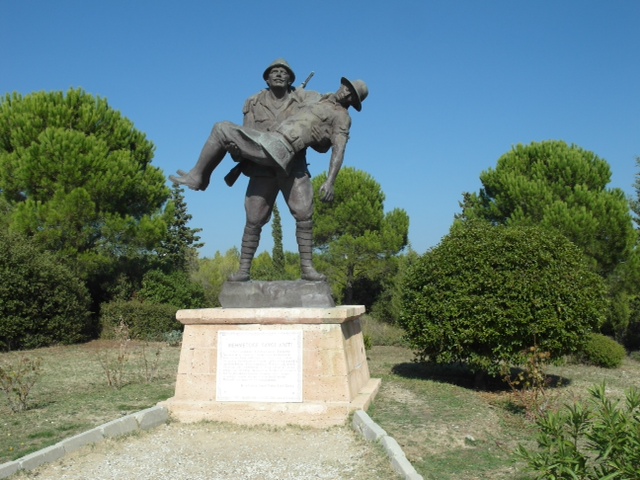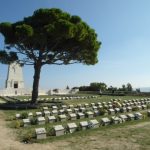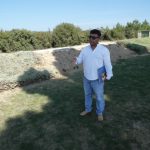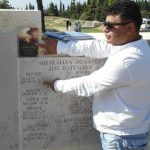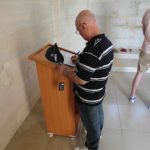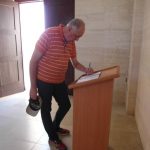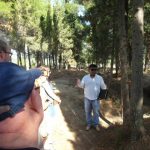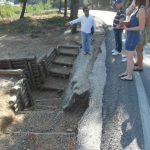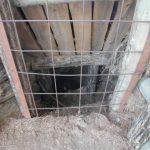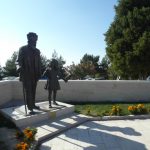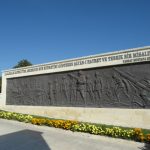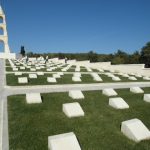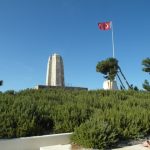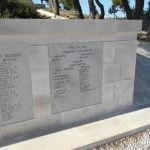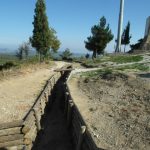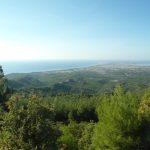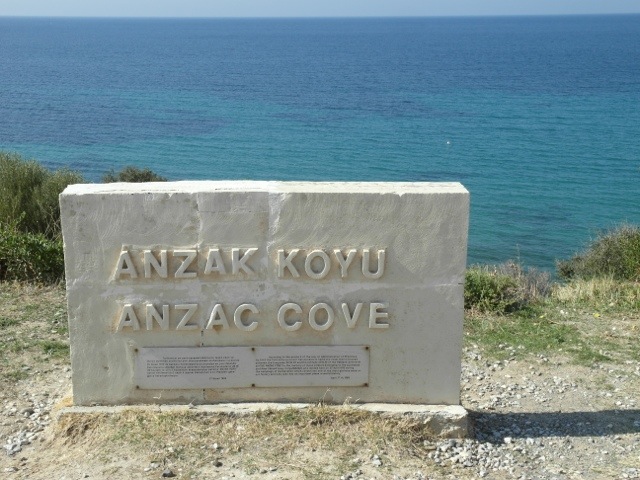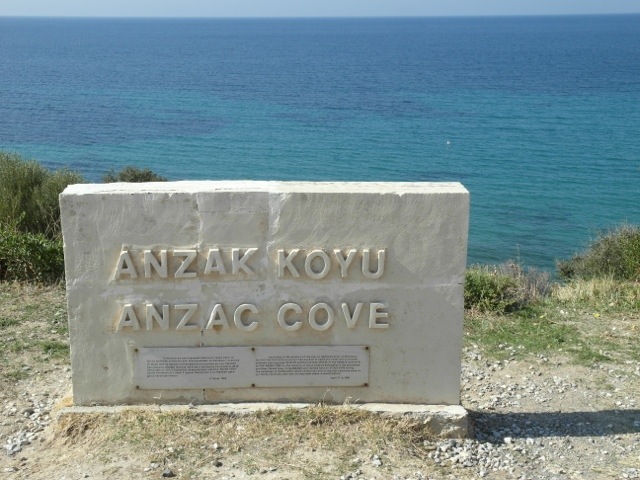E
For Australians, New Zealanders and Turks, there’s a defining moment and place in Turkey called Gallipoli. For Keith and I visiting Gallipoli, a defining moment of our Trip.
It’s a place of mystery and intrigue where so many young men lost their lives. If you’re an Australian or New Zealander you would have been taught at school at a young age the meaning and significance of the landings of the Australian and New Zealand Army Corp at Gallipoli in the early morning of 25 April 1915.
For the Turkish people, Gallipoli is just as much a special place. It was the protection of their motherland. If you want to find out more about the conflict go here http://en.wikipedia.org/wiki/Gallipoli_Campaign.
Gallipoli was the first major engagement for Australians and New Zealanders in the First World War.
If you want to read more about how Australia got involved, visit my website http://ecperkins.com.au/the-story/australia-goes-to-war-ww1.
The Gallipoli visit from Istanbul
For our trip to Gallipoli, we commenced our tour 5 minutes away from where we were staying, nice and convenient. Our bus was already there when we arrived, all we had to do was confirm that it was the correct bus as the host hadn’t arrived and our driver didn’t speak English.
Anyway we muddled through the usual third-party conversation with an intermediate to figure out if it was the correct bus, then the bus host arrived and we departed.
After several hotel pickups, we were on our way. The road south from Istanbul is a dual lane motorway. We made two stops along the way for fuel and food. It is around four and a half hours with breaks getting to the site.
There are some roadworks, undoubtedly upgrades for the 2015 100th Anniversary.
Eceabat, the Dardanelles
We stopped for an early lunch at Eceabat (pronounced as ‘echabat’ to Aussies) and to meet our guide for the visit, Ilhami Gezici or TJ as he is known. TJ holds dual citizenship with Australia and Turkey. I first heard about TJ through Trip Advisor, I’ll talk more about TJ afterwards.
Before proceeding to our lunch stop, we visited the new memorial at Eceabat, dedicated to the whole campaign and the Turkish victory. This wonderful display shows the closeness of trench warfare with a large diorama of the campaign.
After our introduction we got into another van and headed for the memorial. This is a great memorial housing many artefacts from the First World War from this region.
Gallipoli, arriving at the scene
There is a great map found here http://www.anzacsite.gov.au/2visiting/walk_intro.html that describes the places we visited.
Our first point of interest after the memorial as we drove along was ‘Brighton beach’, this was the place where the ANZACs were suppose to land.
The van pulled up and let us out to visit Ari Burnu where the first landing took place. Ari Burnu has a cemetery and it’s here TJ gave us a history lesson of the landing.
The cemetery is adjacent to ANZAC Cove on the left. I walked down onto ANZAC Cove beach and took a few pictures. The beach was much bigger in the day, however, today it has a road that provides access to visitors along with a retaining wall to stop erosion.
Even with the change over the years supporting a road and other activities, it was still an insufficient site to mount a major military engagement. Across the road from ANZAC Cove is the entrance to Shrapnel Valley. The track to Shrapnel Valley was one of the access points to other parts of the battlefield.
After getting back into the van we headed to North Beach. The ANZAC commemorative that is here has been built about a kilometre from Ari Burnu. The commemorative site is directly in front of the outcrop known to the ANZACs as the Sphinx.
When you watch Anzac Day at Gallipoli on TV it looks much larger, however, when you see it, it’s hardly big at all. They talk about having 8000 here for 100th Anniversary in 2015, it’s probably a good thing that there is ballot in Australia and New Zealand for people wanting to attend.
The Beach cemetery was our next point of interest located at Hell Spit. Here we saw the grave of John Simpson Kirkpatrick, better know for his work bringing back wounded troops from the front on his donkey.
Back in the bus and we headed up the road to Pine Ridge.
At Pine Ridge, we visited the memorial to the Turkish Soldier carrying the wounded Australian back to his trench. It is based on an incident reported by Lieutenant Casey (who later became Governor General of Australia) and symbolises the chivalry and compassion shown by the Turks and the Australians in the campaign.
From there we visited Lone Pine Cemetery. Its a few kilometres up the hill by vehicle. It’s amazing to think either end of the cemetery Australians fought with against the Turks in one of the bloodiest battles of the campaign. The Australian trenches and Turkish trenches were only within 100 metres of each other.
TJ pointed out the story of Private J Martin recorded in the booked titled “Soldier Boy”. The story about a 14 year old ANZAC at Gallipoli.
We had the opportunity to sign out names at the Lone Pine Memorial.
We next visited the Australian Trench adjacent to the road with the Supply Trench that runs up from Shrapnel Gully to the beach at Anzac Cove.
Our next visit was to the Turkish Memorial. This cemetery is a memorial to the fallen Turks who so bravely died defending their country. There is a wonderful statue in memory to the last soldier who survived the campaign who died in the 1990s. Alongside him is a young girl holding his hand.
We moved to our next stop, “The Nek”. This piece of ground was only 30 metres wide.
Here’s where the movie Gallipoli based its story.
As the distance was so close any attack seemed suicidal across the stretch of ground.
Our last stop was Chunuk Bair. The highest point on the Peninsular, here the Kiwis fought valiantly. It was interesting to see how many privates were killed from Wellington Units, obviously it was a cannon fodder approach to the battle. From Chunuk Bair you can see the Aegean Sea across to the Dardanelles.
It would have been great having more time here, however when you are limited to a day trip you make the most of it.
After growing up and seeing the story in black and white it is amazing to see it in Colour, it adds a new dimension.
It would have been so demoralising seeing this beautiful country side, not being able to gain a victory and knowing that you may not come out of this alive.
About TJ’s tours
TJ is a wonderful host and tour guide. I first found out about TJ some months before coming on the trip. His family has a Turkish restaurant in Corowa in Victoria and have a hotel and the Tour business at Eceabat. He spends part of the year here in Turkey and the other part in Australia. He is passionate about the history of Gallipoli. TJ has been doing tours for over 22 years.
If you are looking for a tour with ‘ do not hesitate to contact him at his website. You will not be disappointed.
Go to http://www.anzacgallipolitours.com/index.htm
Overall, a highlight of our trip and one we will not forget. I would like to close this Post with a letter by Mustafa Ataturk, the father of the new republic of Turkey and the commander who led the Turks to victory in the Gallipoli campaign, this is written as a memorial at ANZAC cove by Ataturk to Australian pilgrim mothers who visited the site in 1934.
